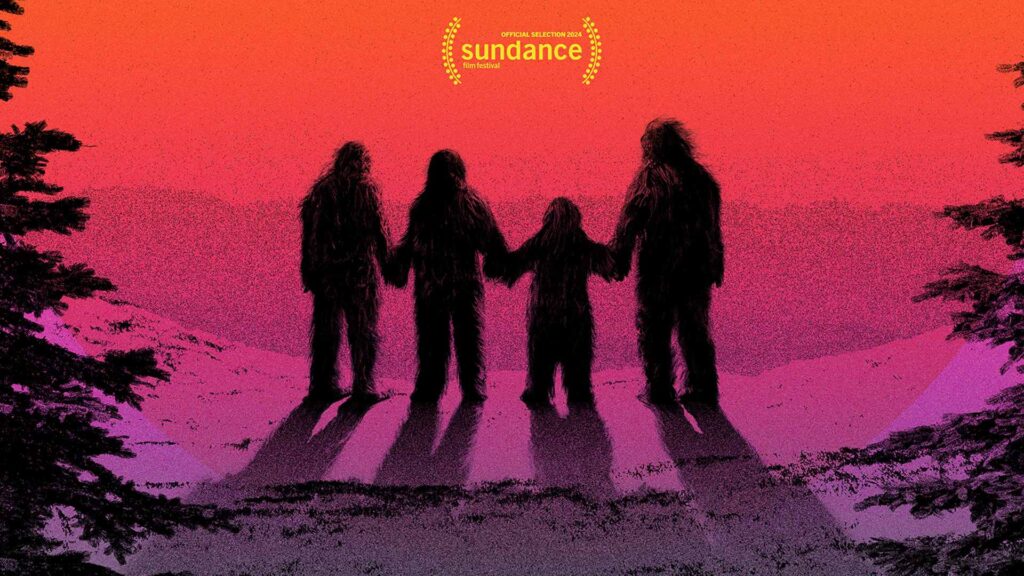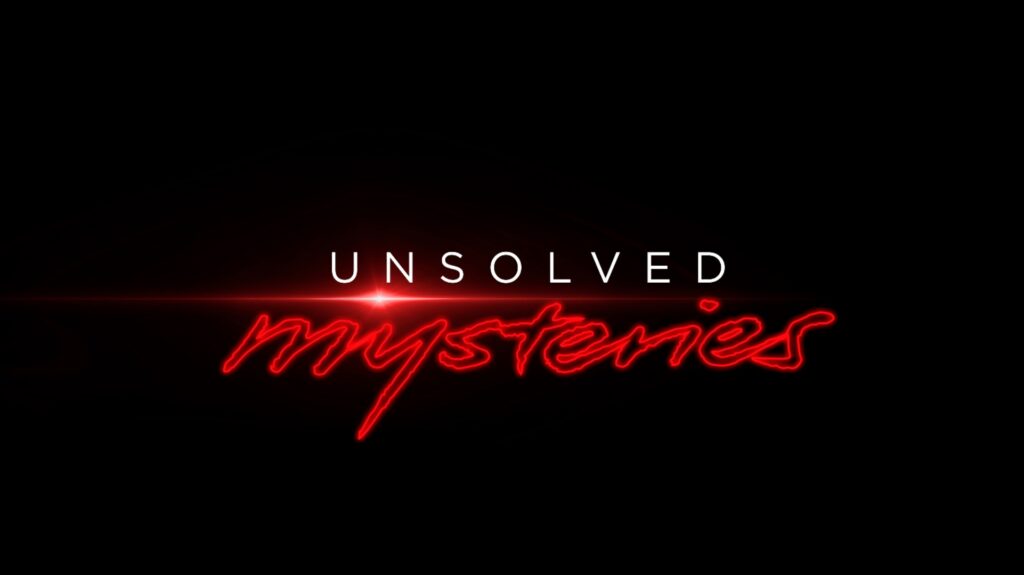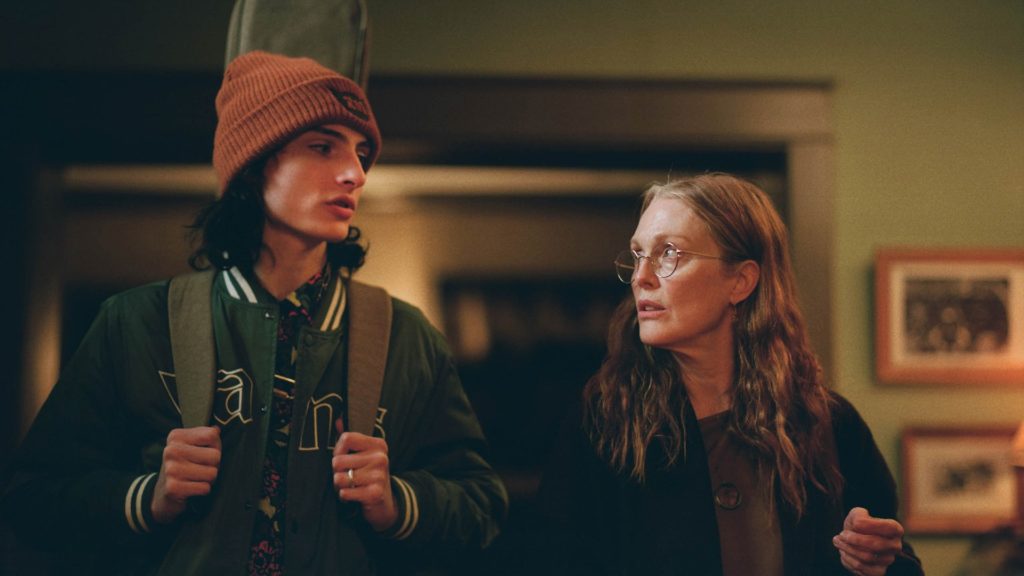The film chronicles a year in the life of a roving family of Sasquatches portrayed by Riley Keough, Jesse Eisenberg, Christophe Zajac-Denek, and Nathan Zellner.
The creatures spend their days trekking through the woods in search of the next place to stop and graze. So for these hairy foragers, discovering a new type of mushroom to devour or crossing paths with a badger qualify as major life events.
They wander, they eat, and they sleep. Lather rinse and repeat.
But the pack’s simple life is still a simple life in the wild (the film was shot in northern California’s Humboldt County). And early on the film makes it clear surviving in the wilderness is an uphill battle, even for the mighty Bigfoot.
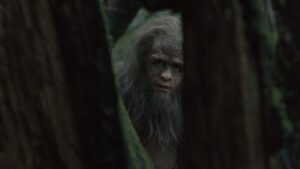
As a lover of the odd and peculiar, I’m thrilled that Sasquatch Sunset exists, and that it debuted at Sundance. But, there’s no arguing that it’s one of the year’s most unusual releases. It’s a modestly budgeted indie flick with a wild premise, ample vulgarity, and long stretches where not much happens. Nobody speaks a word of dialogue and the film’s two stars are unrecognizable beneath layers of prosthetics.
But somehow, despite each of these unconventional elements, the film still manages to captivate. Co-directors David and Nathan Zellner pulled off an incredible feat, taking a threadbare narrative and imbuing it with complex themes and meaningful emotional stakes.
The film won’t appeal to anyone with a strictly mainstream cinematic palette. But for folks willing to attune themselves to the Zellner’s oddball wavelength, Sasquatch Sunset offers a deeply rewarding experience.
Great storytellers live by the rule, “show, don’t tell.” It sounds like an easy enough concept to follow, so it’s frustrating how few films abide by the golden rule. Too often, storytellers add too much exposition or use on-the-nose metaphors because they don’t trust audiences to follow along.
Since the Sasquatches don’t speak, the Zellners can’t use dialogue or voiceover as a narrative crutch. Instead, they convey the film’s themes through cinematic language and their cast’s powerful performances. As a result, Sasquatch Sunset comes across as a vibe movie; an experience you feel and intuit first, and make sense of later.
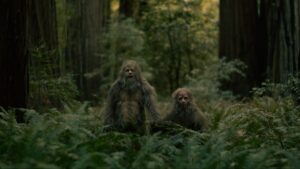
Beneath the surface, this tale of mythical beasts is really about the human condition. It’s a story about family, survival, and our struggle to find meaning and stability in a chaotic universe.
It’s also a stark reminder of how far we’ve strayed from our hunter-gatherer roots, and how we’ve lost touch with nature in an industrialized world.
The striking cinematography and evocative score convey these ideas more eloquently than any line of dialogue. Mike Gioulakis’s camera captures Humboldt County’s verdant fields and misty forests in all their resplendent glory. And The Octopus Project’s stirring score effectively evokes feelings of blissful tranquility and visceral dread.
I feel triggered any time someone describes a film as meditative. Far too often, people use that term to describe poorly made indie flicks lacking a coherent story and clear themes. That said, Sasquatch Sunset offers a meditative experience — I mean this in the best possible way.
The film’s wistful cadences guided me to look inward and reflect on life’s most profound questions. Few films so nakedly contemplate life’s complexities in all its messy glory. Sasquatch Sunset is beautiful and depraved, silly and sobering, meaningful and absurd. It’s an experience that nourished my spirit and filled me with existential dread — a hallmark of great art.

Let me know your thoughts about Sasquatch Sunset on X/Twitter and in the comments below. If you enjoyed this review, please help out the site by sharing it on social media. And keep coming back to VSR for new reviews, interviews, and videos.
